Understanding USPS Tracking Status: What Does 'In Transit to Next Facility' Mean?
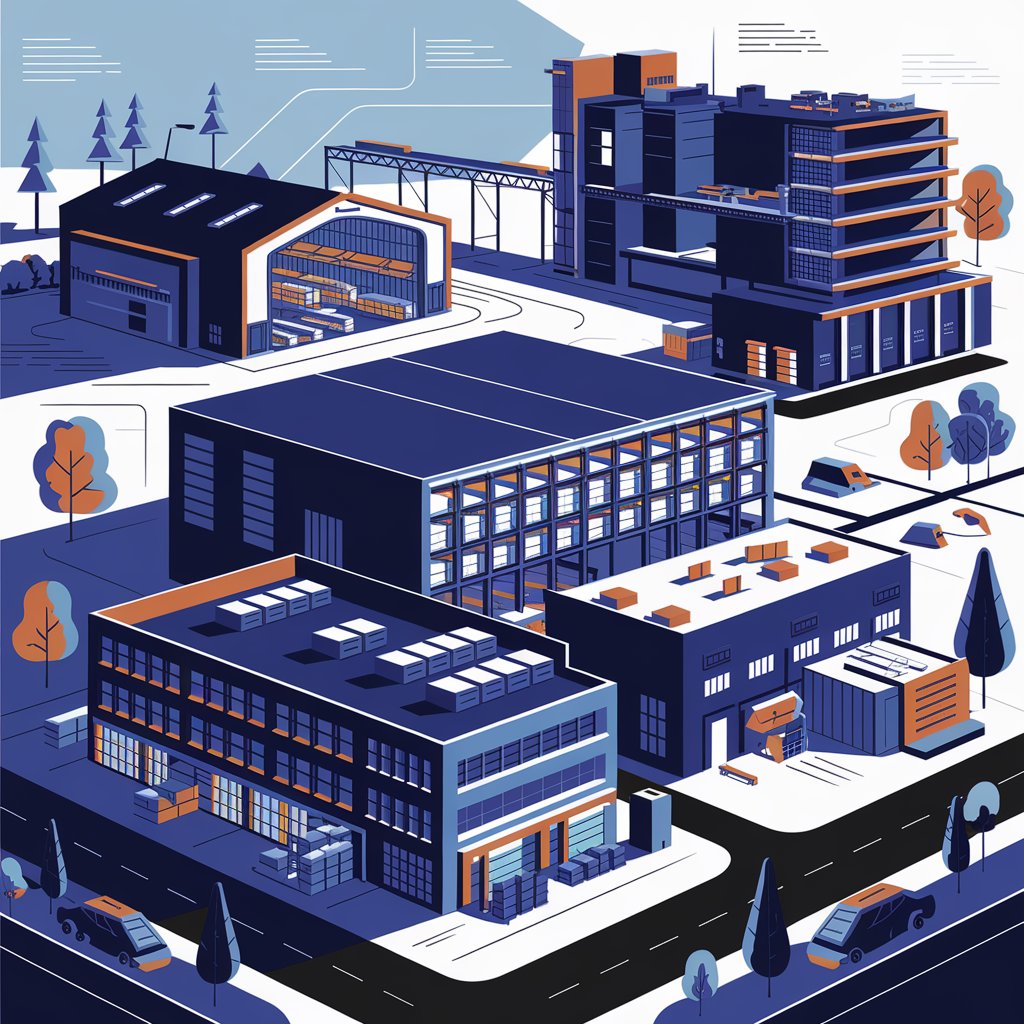
What Does 'In Transit to Next Facility' Mean?
When you see the status “USPS in transit to next facility” on your tracking information, it’s a positive sign that your package is actively moving through the USPS network. Specifically, this status indicates that:
- Your package has left its current USPS facility.
- It is on its way to the next sorting or distribution center in the USPS network.
- The package is in active transit, which could mean it’s on a truck, plane, or another mode of transportation used by USPS.
In essence, “USPS in transit to next facility” means your package is making progress towards its final destination. It’s important to note that this status doesn’t necessarily provide information about the package’s exact location, but rather confirms that it’s moving within the USPS system.
Why Does USPS Use This Status?
The “USPS in transit to next facility” status serves several purposes in the tracking process:
- Confirmation of Movement: It assures customers that their package isn’t sitting idle and is actively moving through the postal system.
- Network Visibility: It provides insight into the complex logistics network that USPS operates, showing that packages often pass through multiple facilities before reaching their destination.
- Progress Indication: While not as specific as some other statuses, it still indicates progress in the delivery journey.
- Operational Flexibility: This status allows USPS to update tracking information even when a package is between fixed points in their system.
It’s crucial to understand that seeing “USPS in transit to next facility” is generally a good sign. It doesn’t indicate a delay or problem with your shipment; rather, it’s a normal part of the USPS shipping process.
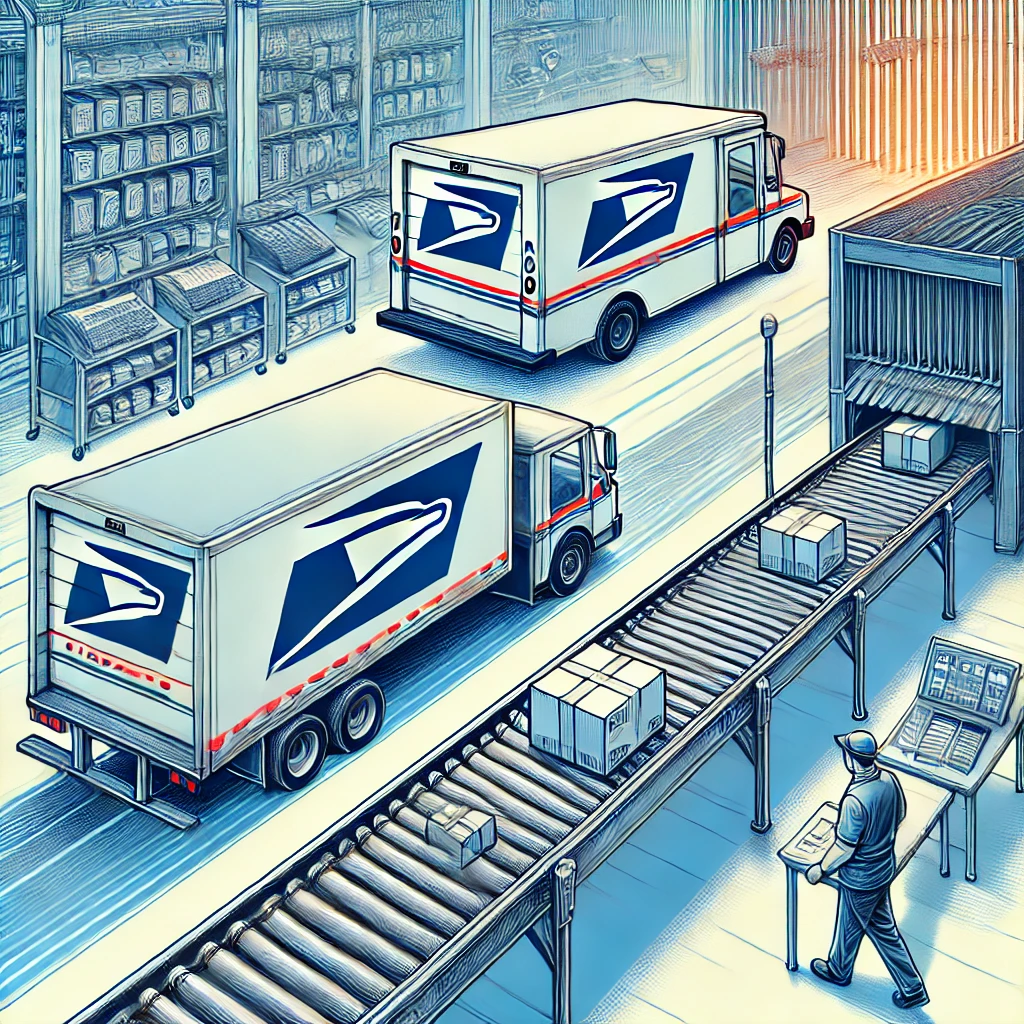
Typical Timeframe for 'In Transit to Next Facility'
The duration a package remains in the “USPS in transit to next facility” status can vary widely depending on several factors:
- Distance: Packages traveling across the country will naturally spend more time in transit than those moving within the same state.
- Transportation Mode: Packages sent by ground will typically take longer than those sent by air.
- Mail Volume: During busy periods (like holidays), packages may spend more time in transit due to higher volumes of mail.
- Facility Locations: The number and location of facilities a package must pass through can affect transit time.
Typically, you might see the “USPS in transit to next facility” status for anywhere from a few hours to a couple of days. For most domestic shipments within the United States, it’s unusual for a package to remain in this status for more than 2-3 days without updating to a new status.
Common Reasons for Prolonged 'In Transit' Status
While “USPS in transit to next facility” is usually a standard update, there are situations where a package might remain in this status longer than expected:
- High Mail Volume: During peak seasons like holidays or major sales events, the sheer volume of packages can slow down processing times.
- Weather Disruptions: Severe weather conditions can delay transportation and cause packages to remain in transit for longer periods.
- Operational Issues: Technical problems or staffing issues at USPS facilities can sometimes cause delays.
- Customs Delays: For international shipments, customs processing can extend the time a package spends in transit.
- Mis-sorted Packages: Occasionally, packages may be sent to the wrong facility and need to be rerouted.
If your package has been showing “USPS in transit to next facility” for more than 3-5 days without any change or additional scans, it might be time to take action.
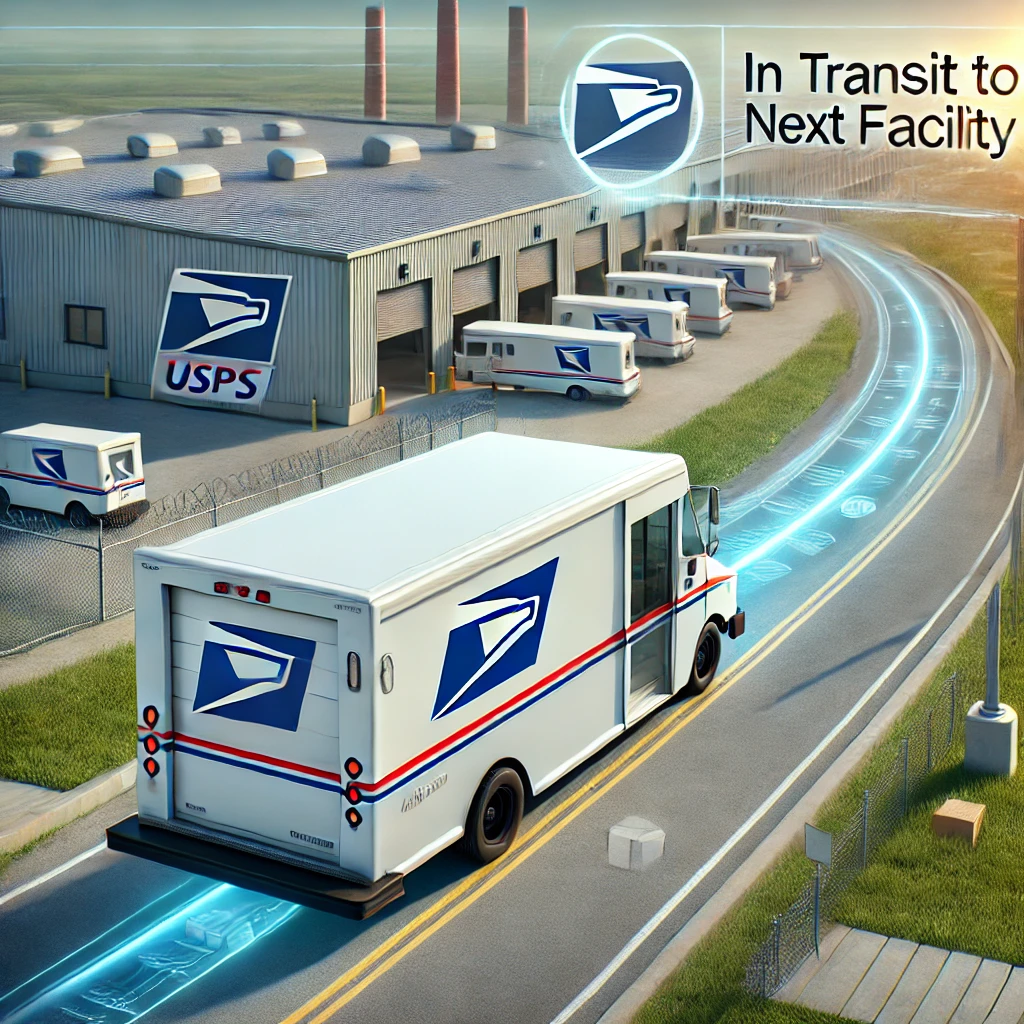
What to Do If Your Package Is Stuck 'In Transit'
If you’re concerned that your package has been in the “USPS in transit to next facility” status for too long, here are some steps you can take:
- Check the USPS Tracking Page: Sometimes, additional information or updates may be available on the official USPS tracking page that isn’t shown in third-party tracking apps.
- Contact USPS Customer Service: If there’s been no movement for several days, reaching out to USPS directly can sometimes provide more information or prompt an investigation.
- Verify the Shipping Address: Double-check with the sender to ensure the shipping address is correct. A small error in the address can cause delays.
- Check for Service Alerts: USPS often posts alerts about weather-related or other systemic delays on their website.
- Use USPS Text Tracking: Sign up for text updates from USPS to get real-time notifications about your package’s status.
- Be Patient: Remember that “USPS in transit to next facility” means your package is moving. Sometimes, especially during busy periods, updates may be less frequent.
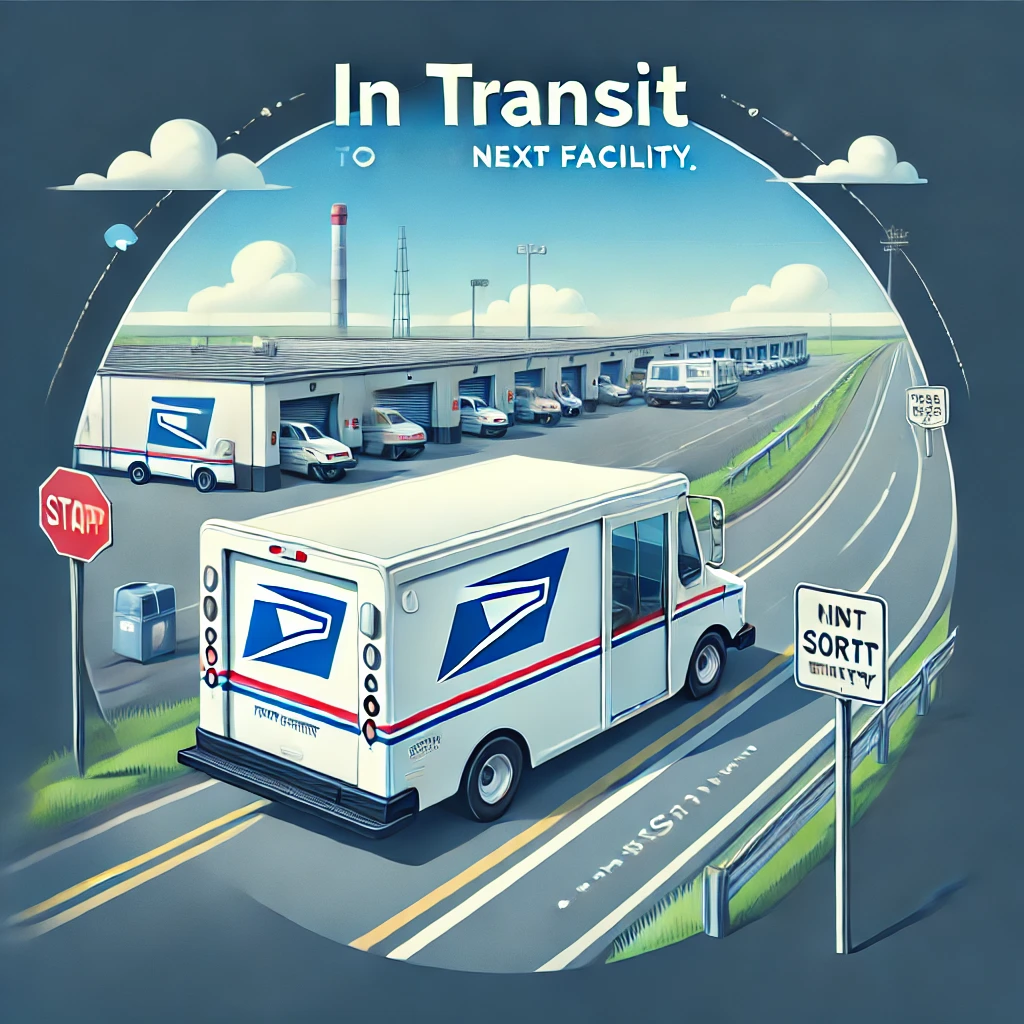
How USPS Manages the 'In Transit' Process
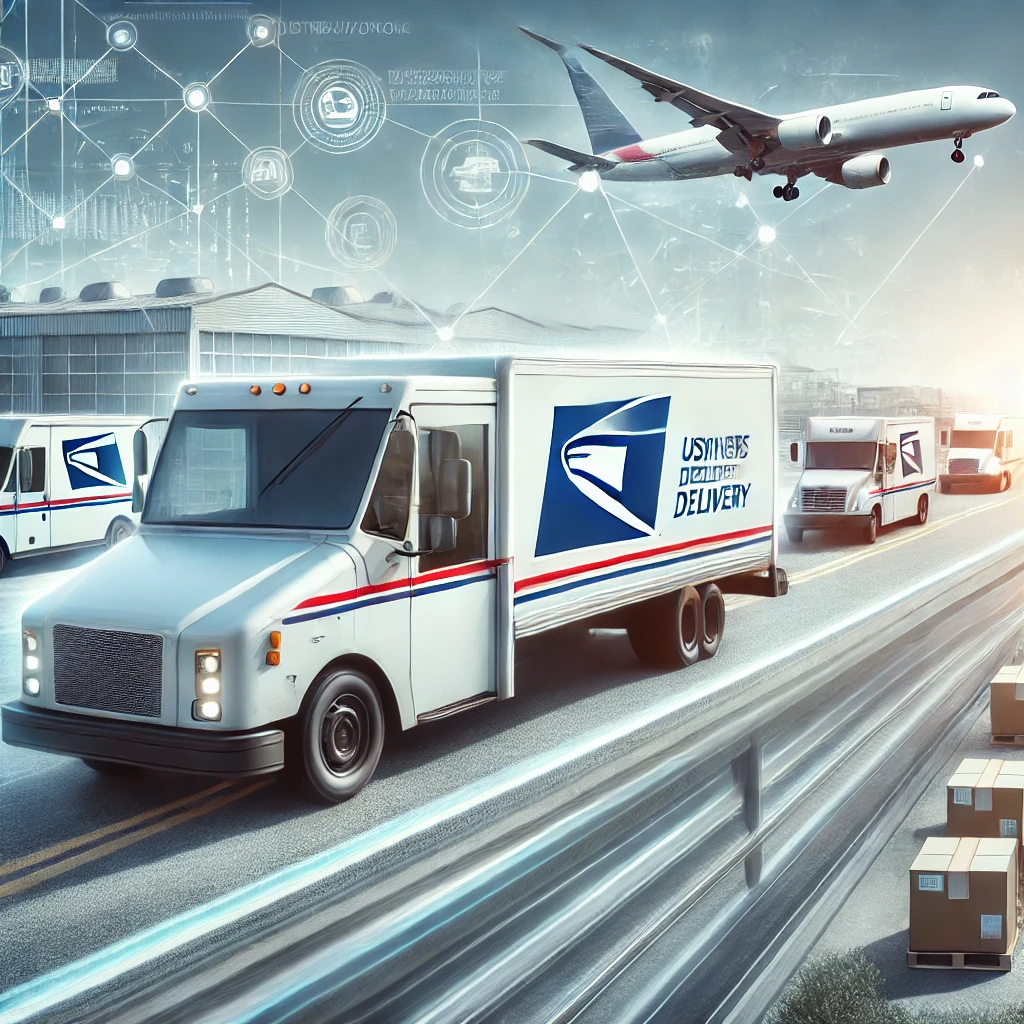
Understanding how USPS manages packages can help you better interpret the “USPS in transit to next facility” status. Here’s a simplified overview of the process:
- Collection: Your package is collected from the sender or a USPS drop-off location.
- Initial Processing: The package is sorted and prepared for transportation at a local USPS facility.
- Transportation: The package is transported to various facilities. This is when you’ll often see the “in transit to next facility” status.
- Regional Distribution: Your package may pass through one or more regional distribution centers.
- Local Distribution: The package arrives at a facility near its final destination.
- Last-Mile Delivery: Finally, the package is sorted for delivery and sent out with a mail carrier.
Throughout this process, your package may receive multiple “USPS in transit to next facility” updates as it moves between different points in the USPS network.
Conclusion
When you see the status “USPS in transit to next facility,” it’s a positive indication that your package is actively moving through the USPS network towards its destination. While it may not provide the most detailed information about your package’s exact location, it’s a normal and important part of the shipping process.
Remember that factors like distance, shipping method, and mail volume can all affect how long your package remains in this status. In most cases, there’s no need for concern unless your package has been in transit for an unusually long time without updates.
By understanding what “USPS in transit to next facility” means, you can better interpret your tracking information and set realistic expectations for your package’s arrival. While waiting for updates can sometimes be frustrating, this status is generally a sign that USPS is working to get your package to you as efficiently as possible.
Need More Help with Package Tracking?
If you frequently ship or receive packages and want a more comprehensive way to manage your shipments, consider exploring Linbis’s advanced logistics and tracking solutions. Our platform offers detailed insights into your shipments, consolidating tracking information from multiple carriers, including USPS, to give you a clearer picture of your package’s journey.
Don’t let confusing tracking statuses leave you guessing about your important deliveries. With the right tools and knowledge, you can navigate the shipping process with confidence and ease.
